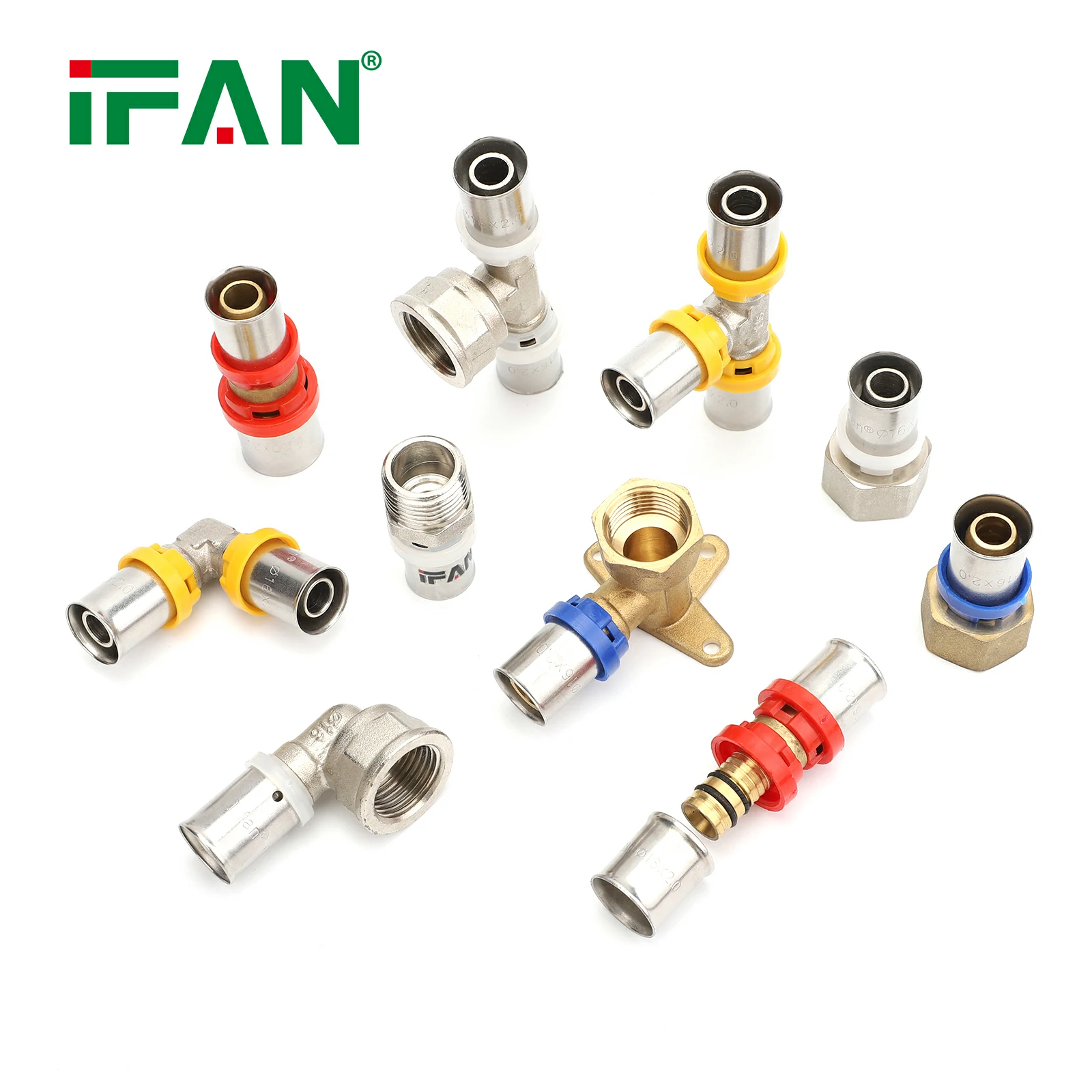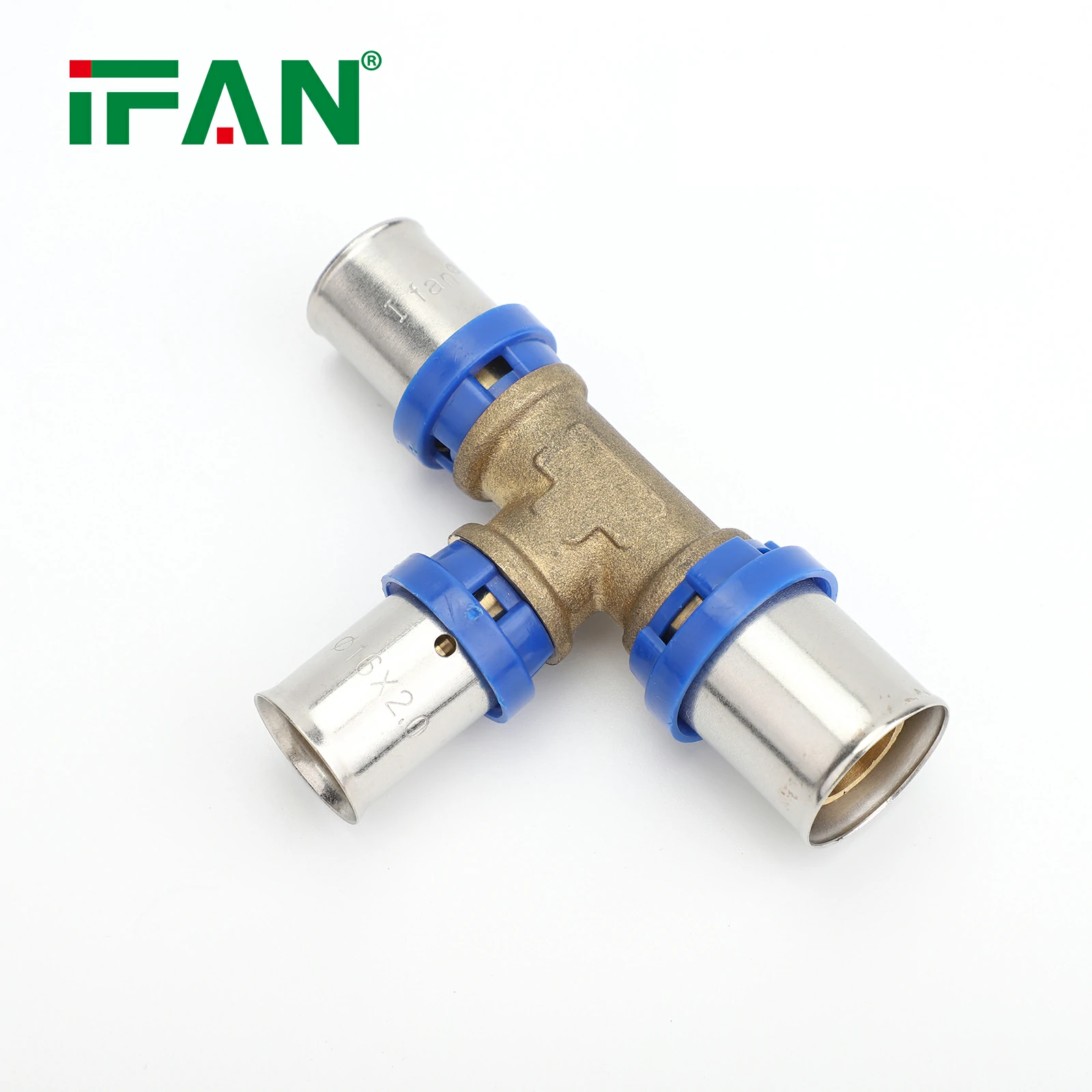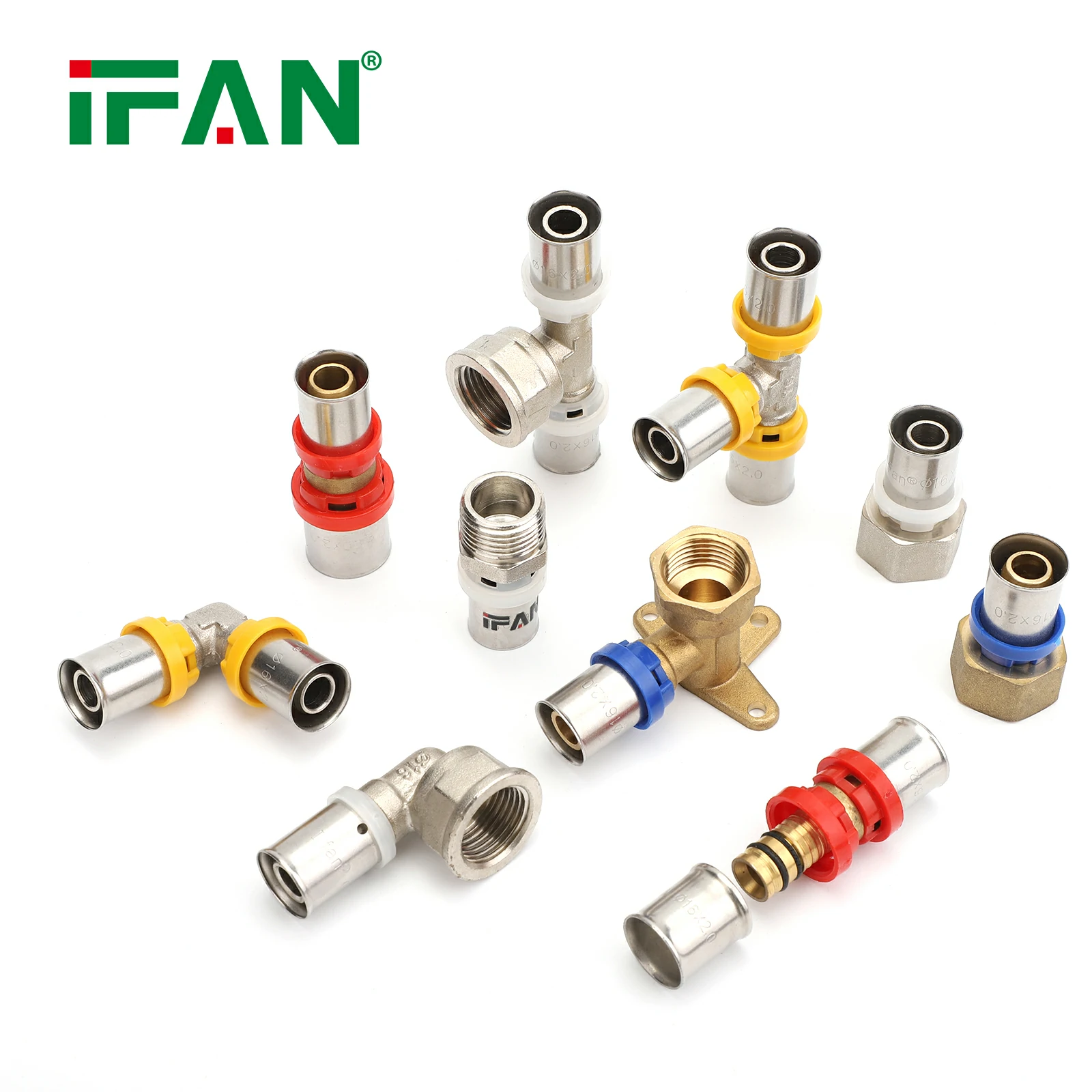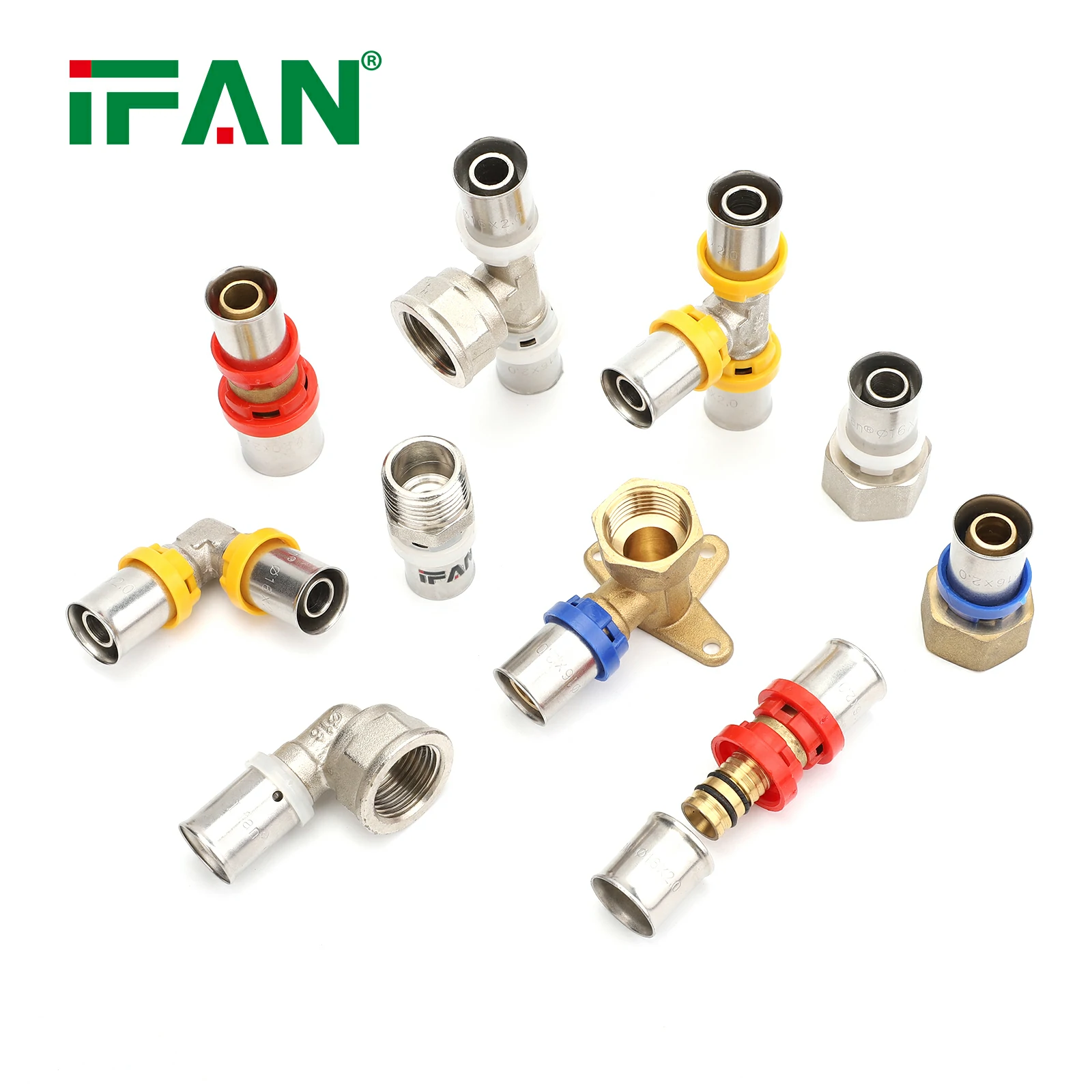Introduction
Copper PEX (cross-linked polyethylene) pipes have gained popularity in modern plumbing due to their flexibility, durability, and ease of installation. However, like any plumbing material, they are not immune to leaks. While PEX pipes are generally reliable, leaks can occur, leading to water damage and costly repairs. This article will explore the reasons behind copper PEX pipe leaks, discuss how to prevent them, and introduce PPR (Polypropylene Random Copolymer) pipes as a viable alternative for plumbing systems.
Understanding Copper PEX Pipes
What are Copper PEX Pipes?
Copper PEX pipes combine the benefits of traditional copper piping with the flexibility of PEX. They are often used in residential and commercial plumbing systems for both hot and cold water supply. Copper PEX pipes are known for their resistance to corrosion and high temperatures, making them suitable for various applications.
Benefits of Copper PEX Pipes
- Durability: Copper PEX pipes are resistant to corrosion and can withstand high temperatures, making them suitable for hot water applications.
- Flexibility: The flexibility of PEX allows for easy installation, especially in tight spaces or complex plumbing layouts.
- Cost-Effective: While the initial investment may be higher than traditional piping materials, the long-term savings on maintenance and repairs make copper PEX a cost-effective choice.
- Noise Reduction: Copper PEX pipes produce less noise compared to metal pipes, providing a quieter plumbing system.
Common Causes of Copper PEX Pipe Leaks
While copper PEX pipes are generally reliable, several factors can contribute to leaks. Understanding these causes can help homeowners take preventive measures.
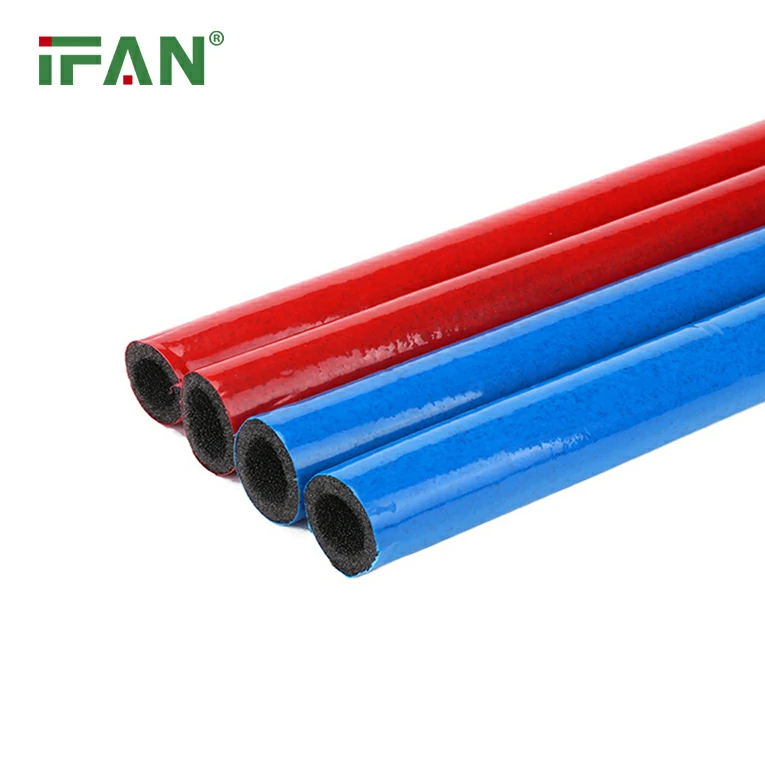
1. Poor Installation
One of the most common causes of leaks in copper PEX pipes is improper installation. If the pipes are not fitted correctly or if the connections are not secure, leaks can occur. Common installation errors include:
- Incorrect Fittings: Using the wrong type or size of fittings can lead to leaks at the joints.
- Insufficient Support: PEX pipes need proper support to prevent sagging or movement, which can cause stress on the connections and result in leaks.
2. Temperature Fluctuations
Copper PEX pipes are designed to withstand temperature changes, but extreme fluctuations can lead to leaks. If the pipes are exposed to rapid temperature changes, they may expand and contract, causing stress at the joints and fittings. This can lead to cracks or leaks over time.
3. Corrosion
While PEX pipes are resistant to corrosion, the copper components can corrode over time, especially if they are exposed to acidic water or high mineral content. Corrosion can weaken the pipes and create pinhole leaks.
4. Water Pressure Issues
Excessive water pressure can put a strain on copper PEX pipes, leading to leaks. If the water pressure exceeds the recommended levels, it can cause the pipes to burst or develop leaks at the joints.
5. Aging Pipes
Like any plumbing material, copper PEX pipes have a lifespan. Over time, wear and tear can lead to leaks, especially if the pipes are not properly maintained. Regular inspections can help identify potential issues before they become significant problems.
Preventing Copper PEX Pipe Leaks
Preventing leaks in copper PEX pipes requires proper installation, maintenance, and monitoring. Here are some effective strategies to minimize the risk of leaks:
1. Hire a Professional Plumber
Engaging a licensed plumber with experience in installing copper PEX pipes can significantly reduce the risk of leaks. A professional will ensure that the pipes are installed correctly and that all connections are secure.
2. Regular Inspections
Conducting regular inspections of your plumbing system can help identify potential issues before they escalate. Look for signs of leaks, such as water stains, damp spots, or unusual water pressure fluctuations.
3. Monitor Water Pressure
Maintaining appropriate water pressure is crucial for preventing leaks. Use a pressure gauge to monitor your system’s water pressure and make adjustments as needed. The ideal residential water pressure is typically between 40 and 60 psi.
4. Insulate Pipes
Insulating copper PEX pipes can help prevent temperature fluctuations that may lead to leaks. Insulation can also reduce energy costs by maintaining water temperature.
5. Address Corrosion Issues
If you suspect that your water supply is corrosive, consider installing a water treatment system to neutralize acidity and reduce mineral content. This can help protect your copper PEX pipes from corrosion.
PPR Pipes: A Viable Alternative
If you’re experiencing persistent leaks in your copper PEX pipes or are considering a plumbing upgrade, PPR pipes offer a reliable alternative. PPR (Polypropylene Random Copolymer) pipes are made from a thermoplastic polymer known for its strength, durability, and resistance to chemical corrosion.
Benefits of PPR Pipes
- Chemical Resistance: PPR pipes are highly resistant to a wide range of chemicals, making them suitable for various applications, including industrial settings.
- Thermal Stability: PPR pipes can handle high temperatures, making them ideal for hot water applications.
- Longevity: PPR pipes have a lifespan that often exceeds 50 years, reducing the need for frequent replacements.
- Eco-Friendly: PPR pipes are made from recyclable materials, contributing to sustainable plumbing solutions.
- Cost-Effective: While the initial cost of PPR pipes may be similar to or slightly higher than copper PEX, their longevity and low maintenance requirements make them a cost-effective choice over time.
When to Consider Switching to PPR Pipes
- Frequent Leaks: If you find yourself dealing with frequent leaks in your copper PEX pipes, it may be time to consider switching to PPR pipes.
- Corrosive Water Supply: If your water supply is known to be corrosive, PPR pipes can provide a more durable solution.
- Long-Term Solution: If you’re looking for a long-term plumbing solution with minimal maintenance, PPR pipes may be the right choice.
Conclusion
Copper PEX pipes are a popular choice for plumbing systems due to their durability and flexibility. However, leaks can occur due to various factors, including poor installation, temperature fluctuations, corrosion, and aging pipes. By understanding the causes of leaks and implementing preventive measures, homeowners can minimize the risk of water damage and costly repairs. If persistent leaks become an issue, considering PPR pipes as an alternative can provide a reliable and long-lasting solution for your plumbing needs.
Frequently Asked Questions (FAQs)
1. What are the main causes of leaks in copper PEX pipes?
Leaks in copper PEX pipes can be caused by poor installation, temperature fluctuations, corrosion, excessive water pressure, and aging pipes.
2. How can I prevent leaks in my copper PEX pipes?
To prevent leaks, hire a professional plumber for installation, conduct regular inspections, monitor water pressure, insulate pipes, and address any corrosion issues.
3. What are the benefits of using PPR pipes instead of copper PEX pipes?
PPR pipes offer excellent chemical resistance, thermal stability, longevity, eco-friendliness, and cost-effectiveness, making them a viable alternative to copper PEX pipes.
4. How often should I inspect my plumbing system for leaks?
It is recommended to inspect your plumbing system at least once a year for any signs of leaks or potential issues.
5. Can I switch from copper PEX pipes to PPR pipes easily?
Switching from copper PEX pipes to PPR pipes may require professional assistance to ensure proper installation and adherence to local plumbing codes.

